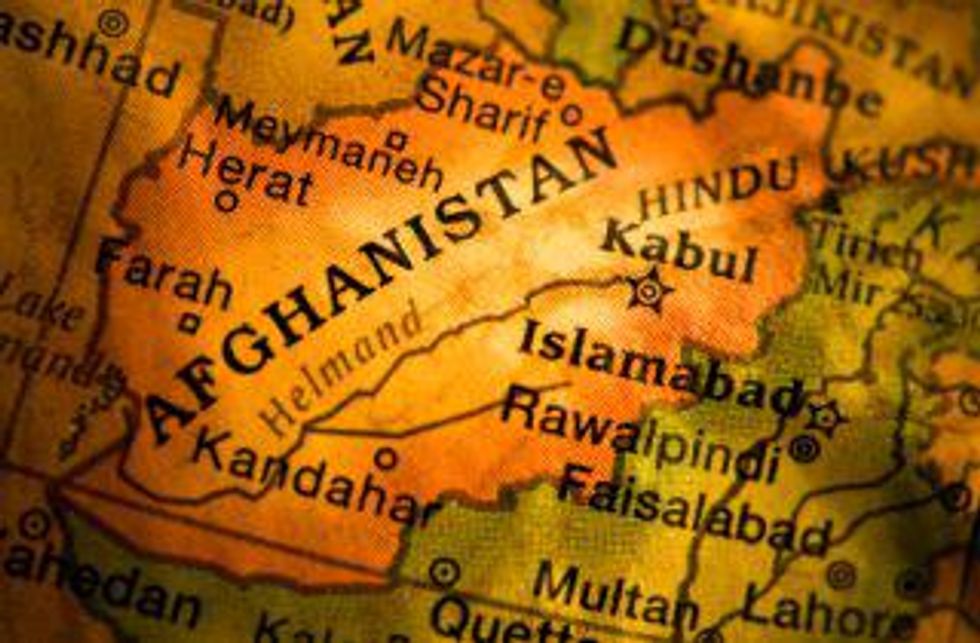USGS geologists were sent into the Helmand Province in southern Afghanistan to look for rare earth elements. The discovery of a potentially massive deposit could prove difficult to extract with Afghanistan’s considerably political instability.
By Michael Montgomery—Exclusive to Rare Earth Investing News
Under the shroud of secrecy, protected by the snipers from the US Marines, geologists from the USGS were sent into the extremely hostile Helmand Province in southern Afghanistan to look for rare earth elements. According to the USGS and the Department of Defense a potentially massive deposit was found, totaling one million tonnes of rare earth elements. This is the second such announcement from the US military about the mineral riches of Afghanistan.In June of 2010, both agencies stated that nearly $1 trillion worth of copper, molybdenum, lithium, cobalt and gold had been found through exploration as well as Soviet era discoveries. The announcement of the discoveries was thought by many to be political theater, as most of the minerals had been known for decades. The reports of Afghanistan’s REE deposits, while significant in tonnage and politically attractive, can amount to the same political theatricality.
“I think there is a school of thought that if the US can find enough stuff in Afghanistan that we should stay. And frankly there are plenty of rare earths around in the world,” stated Christopher Ecclestone, mining strategist at Hallgarten & Company. He added that staying in Afghanistan solely for the rare earths and other minerals in the previous findings would be a mistake.
If the incredible findings in Afghanistan are true–one million tonnes of rare earth elements found in less than one square mile–the logistics of operating a mining in southern Afghanistan will bring to light the harsh reality.
Afghanistan’s infrastructure
Afghanistan lacks the modern infrastructure needed to profitably extract the minerals. Before mining can begin, either the country or the mining firms would have to build roads and power plants. This is not to mention processing facilities that are proving to be more difficult even for companies such as Molycorp (NYSE:MCP) and Lynas (ASX:LYC). Afghanistan even lacks the basic necessities need to build any of these modern facilities.
“Afghanistan has the lowest cement production in the world at 2 kg per capita; in neighboring Pakistan it is 92 kg per capita and in the UK it is 200 kg per capita,” according to a journal article in Industrial Minerals.
Access to the country, which is equally difficult, would also prove challenging to transport any of the materials needed to mine construction. “You can’t access it from Russia because of the mountains, you can’t access in from Iran or Pakistan [because of the political realities on the ground], so what are they going to do fly the material in and out? It’s just a waste of time,” stated Ecclestone.
Scientific American released photos of the USGS exploration of the region, which shows not only the remote area, but also the heavy military presence to provide security for the geologists.
Political instability
America has been engaged in a war for over ten years, longer than Vietnam, in fact it is the longest war in the nation’s history. The instability continues to this day. Just last week in the same province of the REE discovery, a suicide bomber killed two civilians. The southern Afghanistan also home to the strongest Taliban resistance. This is why the USGS geologists had to be escorted by a unit of the Marines.
While the resistance is weakening as evidence by a US mission to secure a hydroelectric dam, it is still the main stronghold of the Taliban.
“That was (the Taliban’s) center of gravity,” said RAND Corp. analyst Seth Jones, author of In the Graveyard of Empires: America’s War in Afghanistan and a counterinsurgency analyst at RAND Corp., a think tank.
Many of the 30,000 soldiers sent in the 2009 surge were stationed near the Helmand province.
Even if the area was secured enough to hand over mining operations to Afghanistan the reality of conflict minerals might further escalate tensions in the region.
Michael T. Klare, author of “Resource Wars: The New Landscape of Global Conflict” suggested “In very poor countries, when suddenly a new source of wealth is discovered, various factions fight to control that wealth, to keep it in their own hands and they use the military and the police to control it causing a perpetual state of corruption and violence.”
This is what is known as the “resource curse.” One must only look to The Democratic Republic of the Congo or the Marange blood diamond fields of Zimbabwe to see this evidenced first hand.
The discovery of rare earth elements in Afghanistan is a positive for the country and the future of their economy. However, the suggestion that the deposits will help the fledgling nation in the short term is simply a pipe dream. There are so many structural issues that must be deal with before any profits from the discovery can be realized.
